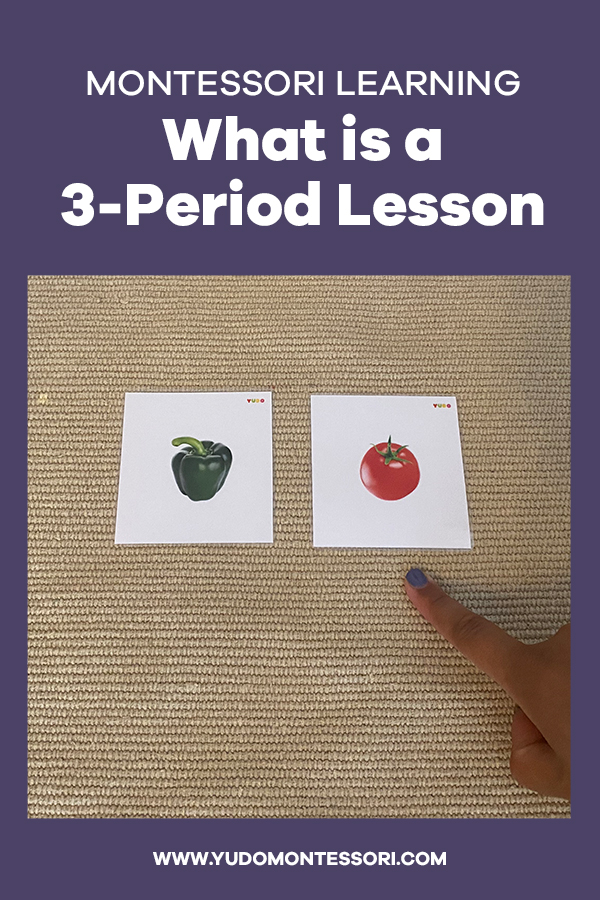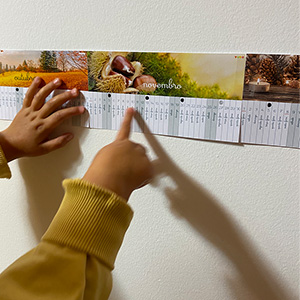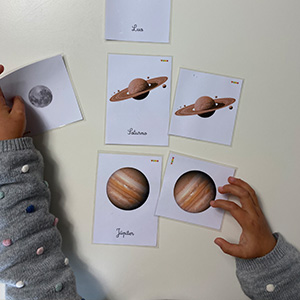
The Three-Period Lesson is a widely recognized teaching method in early childhood education. It was developed by Edouard Seguin, a French physician who worked with special needs children in the late 19th century. His ideas on increasing cognitive abilities and promoting independence inspired Maria Montessori, who incorporated his principles into her educational approach.
The Three-Period Lesson is used to introduce new concepts to children. It follows a simple structure consisting of three distinct periods that guide the child’s learning process.
1) Naming Period:
During the first period, the guide/adult presents the object or concept to the child and clearly states its name. For example, if the object is an apple, the guide would say, “This is an apple.” This phase focuses solely on language acquisition and vocabulary development, allowing the child to familiarize themselves with the correct terminology.
2) Recognition Period:
In the second period, the guide/adult asks the child to identify the object or concept. For instance, the guide/adult might say, “Show me the apple.” This phase encourages active engagement and the development of visual discrimination skills. The child is given an opportunity to connect the spoken word with the physical object, reinforcing their understanding.
3) Recall Period:
The final period challenges the child to recall the knowledge they have gained. The guide/adult may ask questions such as, “What is this?” or “Which one is the apple?” This period assesses the child’s comprehension and ability to independently apply the newly acquired knowledge. It promotes critical thinking and aids in the formation of long-term memory.
The Three-Period Lesson can be used for different subjects and skills. It helps children acquire knowledge while promoting independence, concentration, and self-confidence. By following this structured approach, educators provide a solid foundation for young learners to absorb information effectively and actively engage in learning.
If you’re looking for a product that you can’t find in the store,
or
If you have any questions or specific requests (like an additional language), please let me know.
I would love to help!

The Three-Period Lesson is a widely recognized teaching method in early childhood education. It was developed by Edouard Seguin, a French physician who worked with special needs children in the

Montessori high-contrast cards for babies hold an important place in the early development of infants. They feature simple patterns, shapes, and designs with high-contrast colors such as black and white,

The linear calendar (or Time Beam) is a visual representation of time that follows a continuous, straight line instead of the usual monthly or yearly grids. The passage of time is

3-part Montessori cards, sometimes called naming or ranking cards, are an excellent tool to help your child expand the flyover, enrich the language, and advance new concepts. They can be